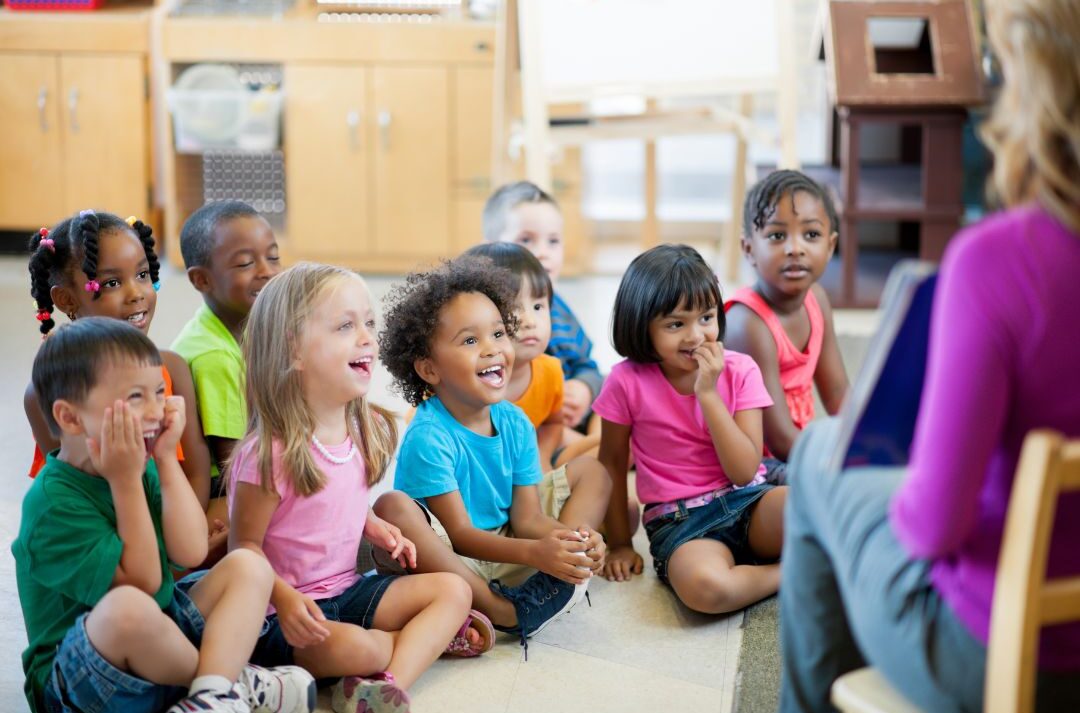Teaching Kids Gratitude: Fun and Practical Ideas for Families

In a world of instant gratification, teaching kids to be genuinely grateful can feel like an uphill battle. However, gratitude is a vital virtue that helps children develop empathy, kindness, and contentment. It doesn’t just benefit them; it strengthens family bonds and fosters a more positive home environment.
Gratitude isn’t just about saying “thank you”—it’s about nurturing a heart that appreciates life’s blessings, big and small. Here are some fun and practical ways to teach kids gratitude and make thankfulness a natural part of family life.
1. Start a Family Gratitude Jar
A gratitude jar is a simple and interactive way for the whole family to reflect on blessings. Place a jar in a common area with slips of paper and pens nearby. Encourage everyone to write down something they’re thankful for each day or week and add it to the jar.
How to Make It Fun:
- Decorate the jar as a family with stickers, ribbons, or colorful paper.
- Read the notes together during a family meal or on special occasions like Thanksgiving or Easter.
2. Model Gratitude Daily
Kids learn best by example, so let them see you practicing gratitude in your own life. Share what you’re thankful for during dinner, bedtime, or car rides. Point out everyday blessings, such as a sunny day, a kind gesture from a neighbor, or a delicious meal.
Instead of focusing on what went wrong during the day, highlight the positives. For example, say, “I’m so grateful we had time to play together this afternoon,” instead of, “We didn’t get everything done today.”
3. Write Thank-You Notes Together
Encourage kids to express gratitude by writing thank-you notes. Whether it’s for a birthday gift, a kind act, or simply someone who makes their day brighter, this habit helps children recognize the importance of showing appreciation.
How to Make It Fun:
- Use colorful paper, markers, and stickers to let kids personalize their notes.
- Younger kids can draw pictures if they’re not yet able to write.
4. Create a Gratitude Routine
Incorporate gratitude into your family’s daily routine. For example:
- At bedtime, ask each family member to share one thing they’re thankful for from the day.
- During meals, go around the table and share blessings or highlight moments of kindness.
These simple routines make gratitude a consistent practice that kids will naturally adopt.
5. Practice Acts of Kindness
Gratitude grows when we help others. Involve your kids in acts of kindness, such as volunteering, baking cookies for a neighbor, or donating toys and clothes to those in need. These activities teach children to appreciate what they have and develop empathy for others.
Ideas for Kids:
- Create “kindness cards” to give to friends, teachers, or neighbors.
- Spend a day volunteering as a family at a local shelter or community event.
6. Make Gratitude Creative
Use arts and crafts to help kids express their thankfulness. Creative activities engage their imagination and make gratitude a fun and memorable experience.
Project Ideas:
- Gratitude Tree: Draw or craft a tree on paper or a poster board. Write what you’re grateful for on paper “leaves” and add them to the tree.
- Gratitude Collage: Collect magazine clippings, photos, or drawings of things your family is thankful for and arrange them on a poster board.
7. Lead by Example with Gratitude in Challenges
Life isn’t always easy, but teaching kids to find gratitude even during tough times can help them build resilience. Share examples of how you’ve found something to be thankful for during challenges, and encourage them to do the same.
Conversation Starter:
“Today was a hard day, but I’m grateful we had dinner together as a family. What’s something good about your day?”
Gratitude: A Gift That Grows
Teaching kids gratitude isn’t a one-time lesson—it’s a lifelong habit that grows with practice. By incorporating fun and practical activities into your family life, you can help your children develop a thankful heart that appreciates life’s blessings and fosters kindness toward others.
Start small, stay consistent, and watch as gratitude transforms not only your kids but also your family as a whole.
What’s one way your family practices gratitude? Share your ideas in the comments below—we’d love to hear them!
